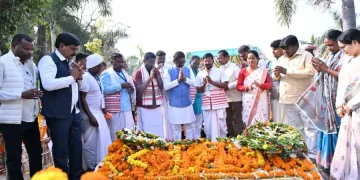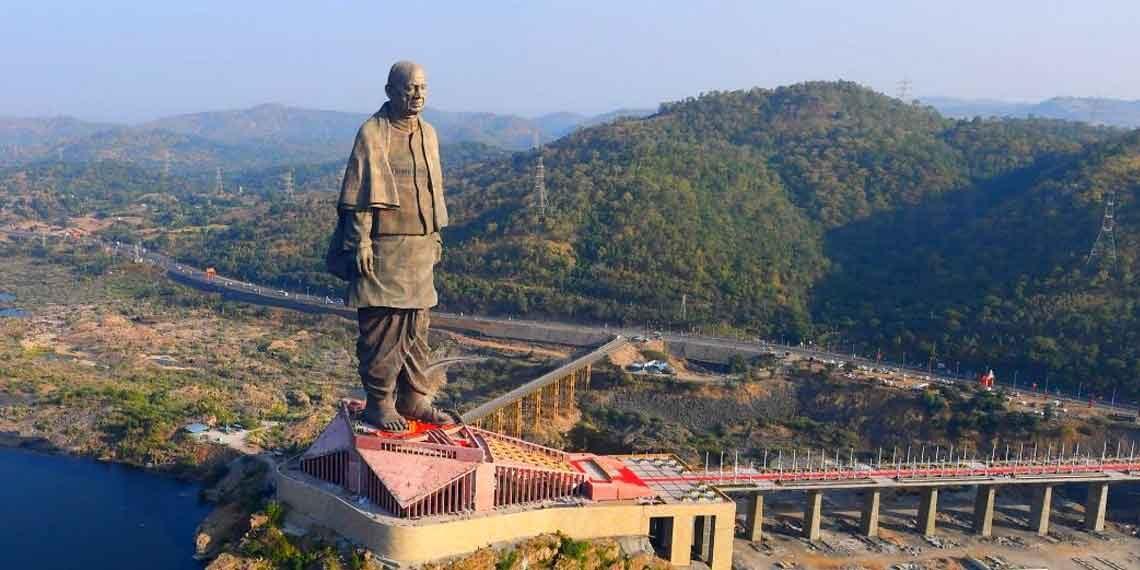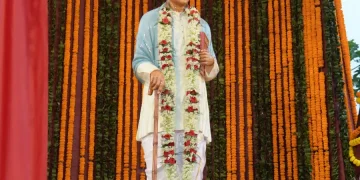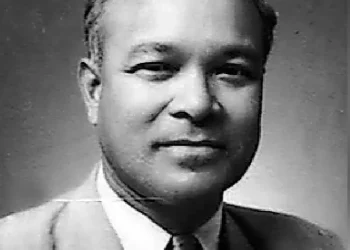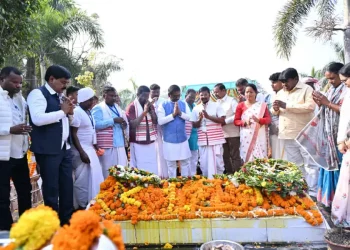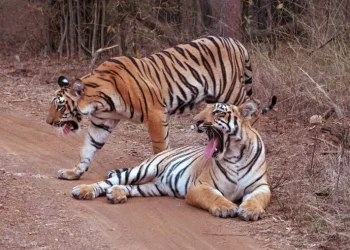A meal without wheat? It may sound like a ‘gluten-free diet’ to most of us in urban India, for whom wheat grain and flour is an intrinsic part of our daily intake. But it’s just one fascinating aspect of the tribal foods of Gujarat.
Members of tribal communities have unique eating habits. They lives are closely intertwined with natureandtheir cuisines depend on ingredients freely available in the vicinity.
Gujarat’s tribal belt can be broadly divided into three regions based on cuisine, says Devchand Vahoniya, research officer at Tribal Research and Training Society of Gujarat. In the north, it stretches from Ambaji near the Rajasthan border to Dahod. The central region comprises Dahod district edging Madhya Pradesh. Then comes the Dang district of south Gujarat, touching the Maharashtra border.
Vahoniya says, “The topography of the dry north and central Gujarat reflects on dishes of the adivasi samaj (tribal people). Delicacies made by tribal communities in water-rich south Gujarat are different from the other two regions.”
Vahoniya, who hails from a tribein Dahod,adds that tribal platters are directly linked with their farming.
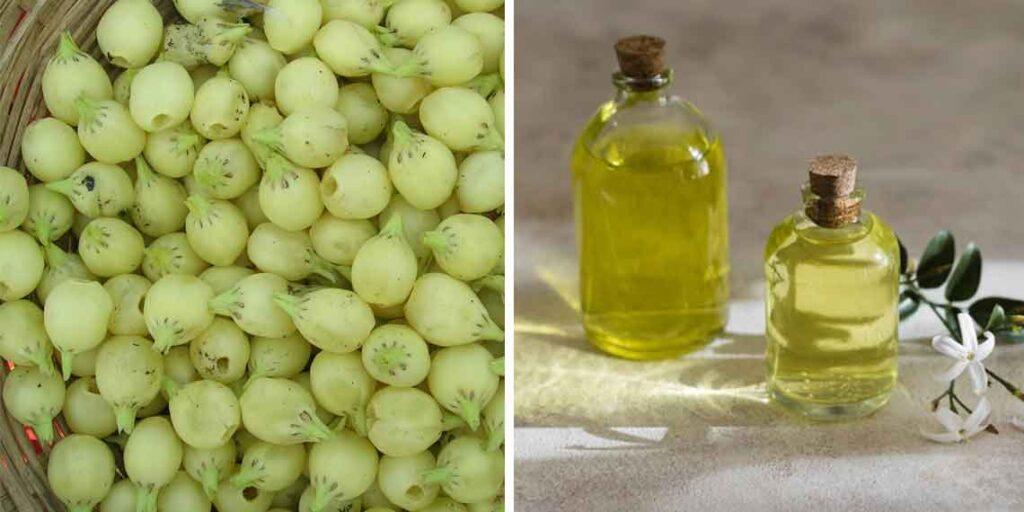
In north and central Gujarat, tribals use mahua oil (Madhuca longifolia) as the medium of cooking during summer. Which gives a unique taste to their food. “During monsoon and winter, they use locally available til (sesame) and groundnut oil,” Vahoniya elaborates. “The platter of adivasi residing in the north consists of seasonal vegetables (sabzi). Spicy urad or chana dal and soft yellow makai (corn) rotlo (thick roti). They have a lighter meal of makai thulu (boiled and crushed corn) and fresh milk in the evenings.”
The central region dishesare similar, except that they use white makai for rotlo. In Dahod, tribals eat dal-pania. They make pania (similar to pau, or bread) from white cornflour and serve it hot along with spicy urad or chana dal.
Unlike most of Gujarat’s population and quite a bit of the country, tribal people don’t eat wheat. Which thus has no place in authentic Gujarati tribal cuisine.
The tribal thali of the south has more items and reflects the abundant availability of paddy and bamboo. Rotlo made from rice flour, unique baby bamboo sabzi and bamboo pickle, apart from spicy urad or chana dal, are ubiquitous, says Vahoniya. The Indian Tribal brings all these information of The Indian Tribal Cuisine in Gujarat and tribal news India.
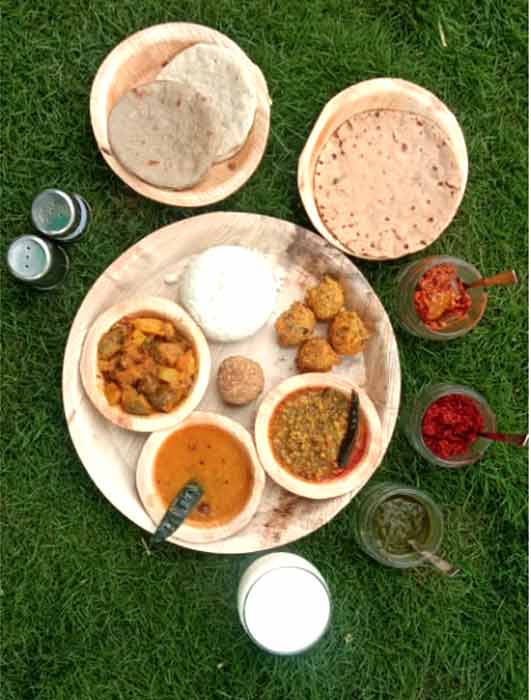
At Ekta Nursery near Statue of Unity, the figure of Vallabhbhai Patel at the Sardar Sarovar Dam, tourists are offered tribal thali. This thali is a fusion of traditional Gujarati food along with some tribal delicacies such as Nagali papad and rotlo, bamboo pickle and Makai rotlo, says Shilaben Tadvi, one of the members of the tribal women self-help group that runs the eatery.
“Nagali or ragi rotlo with urad dal is a famous tribal dish of Dang,” says Mahesh Manilal, a tribal chief based at Amdha village of Dang district. “Tribal people also make papad from nagali. A visit to Gujarat’s only hill station, Saputara, remains incomplete unless one tastes the famous Dangi cuisine.”
At Ekta Nursery near Statue of Unity, the figure of Vallabhbhai Patel at the Sardar Sarovar Dam, tourists offered tribal thali.
This thali is a fusion of traditional Gujarati food along with some tribal delicacies such as Nagali papad and rotlo, bamboo pickle and Makai rotlo, says Shilaben Tadvi, one of the members of the tribal women self-help group that runs the eatery.
“The tribal sherbet prepared using hibiscus flower, pure honey and lemon has become extremely popular among the tourists, both local and foreign,” she adds.
The tribals also eat mutton, chicken and fish on special occasions. Preparation of most non-vegetarian food is not very different from the vegetarian counterparts. Many people in Gujarat specially visit tribal areas to eat the spicy matka chicken, typically cooked on a bonfire in a terracotta pot.
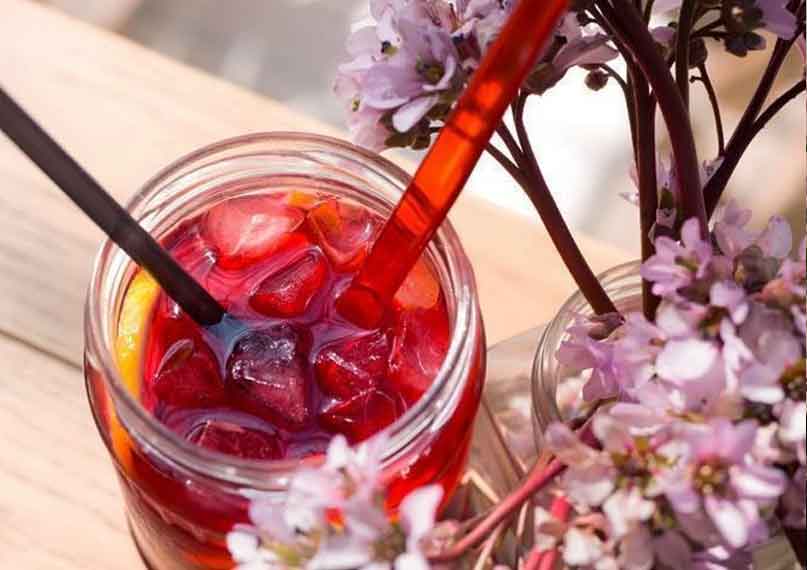
“The tribal sherbet prepared using hibiscus flower, pure honey and lemon has become extremely popular among the tourists, both local and foreign.”
Shilaben Tadvi
Another distinctive item is the country liquor made from the Mahua flower, which has a special place on the table and in the culture of tribals -right from celebrations of birth to the ceremonies of death.
The mahua oil used for cooking is also an alternative to ghee for Gujarat’s tribal communities. During Diwali, mahua oil diya (lamps) are lit. Religious rituals of tribal people not performed without it. The cremation, part of the final rites, also uses mahua oil, instead of ghee.
The tribal platter of Gujarat even today remains a testimony to the people’s close ties with nature.

